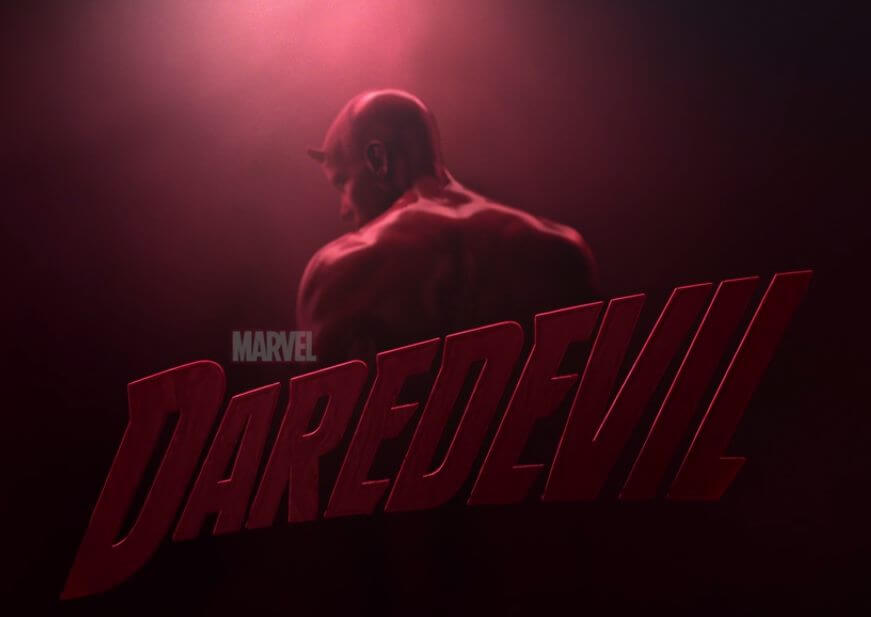 If you study how to write fiction, you’ve probably heard that you need to make your antagonist more than a cardboard bad guy. He or she needs to feel real. As someone who has been delving into and learning fiction writing this last year, I’m taking lessons from screenwriters. The Netflix show Daredevil provides a great example of how to make an antagonist that enriches the story.
If you study how to write fiction, you’ve probably heard that you need to make your antagonist more than a cardboard bad guy. He or she needs to feel real. As someone who has been delving into and learning fiction writing this last year, I’m taking lessons from screenwriters. The Netflix show Daredevil provides a great example of how to make an antagonist that enriches the story.
Spoilers ahead! If you haven’t watched the series, be aware there are spoilers below.
Wilson—the Sympathetic Villain
I knew Daredevil was different as soon as it introduced the main villain, Wilson Fisk. We first meet Wilson in episode three. By then, we already know that he is a dangerous man. But episode three is our first actual look at him, the first time we—as viewers—are introduced to him. And right from the start, we get a hint of his vulnerability.
What? A vulnerable antagonist?
Yes. Watch. In this clip, we see our villain for the first time. At first, we only see his back as he looks at a painting in an art gallery.
Of course, the acting is critical and Vincent D’Onofrio does a great job. But it’s also the writing and directing of this scene that makes Wilson so real. Here are some things to note:
- For most of the scene, all we see is Wilson’s back. Hiding his face raises the tension.
- His face is revealed only when Vanessa manages to draw him out and engage him. And she engages him by talking about art and how the art makes you feel. Feelings, get it?
- We don’t see our villain BEING a villain. We see him being a person.
- The dialogue between the two has a subtext about Wilson’s loneliness. It contrasts with how Vanessa is drawing him out, presenting an opportunity to alleviate that loneliness.
- When Wilson first turns to look at Vanessa, notice how he quickly takes her in and then see the childlike look he gives her. He doesn’t seem like a man in charge. He’s not portrayed as one of those men who can have any woman. He’s vulnerable.
There’s a lot of body language and tone of voice here that you can translate into writing. By doing that, you show rather than tell about your villain. And you create a rich picture of a three-dimensional person.
Later in this same episode, Wilson returns to the gallery. We’re not certain why. Take a look at what happens.
Here’s a man that we know is so feared people don’t dare say his name. Yet, in the first episode in which we meet him, he’s the one afraid. Afraid to ask a woman out on a date. In fact, the only reason he succeeds is because Vanessa calls him back. Wilson only shows confidence when Vanessa has actually agreed to the date.
While I’m not sharing the clip here, even further in the episode we see how anxious Wilson is over their first date. (We’re given to believe it’s the first date he’s been on in a long time.) During their dinner, it becomes clear that Wilson is afraid that the nature of his work makes him unsuitable for a relationship with this woman he so desires. Wilson’s the villain. But we’re rooting for him! We want his date to go well. And when it goes awry, we’re upset and sad for Wilson.
Of course, in a violent rage he then goes on to brutally murder the cause of the date’s disruption. So we’re reminded that this man is capable of horrendous acts. At the same time, we understand his anger, even if we don’t condone his response.
In our very first meeting with the shadowy villain of Daredevil, our emotions are turned upside down to the point where we actually like and care about this man–the man directly opposed to our main character. The man who we know will try to kill him.
Ah, the tension!